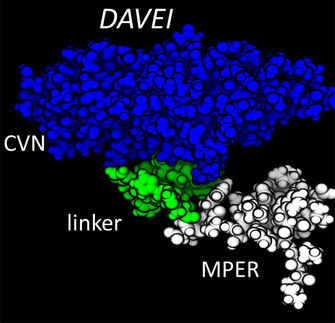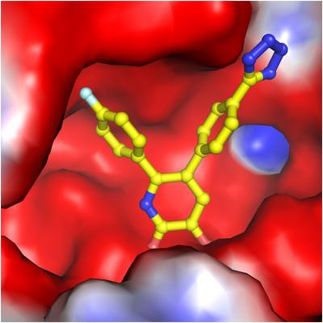Fujitsu Develops World's Fastest Method of Quantum Chemical Calculations for Drug Discovery
Succeeds in validating its feasibility together with Tokai University
Advertisement
Fujitsu Limited and Tokai University's School of medicine announced the successful validation of the new computational method of quantum chemical calculations for drug discovery. The feasibility of the new method was validated and successfully proved by reproducing the biological activities of several AIDS drugs. These computing-based experiments can drastically reduce the number of animal experiments and other conventional techniques in favor of a new computational method - world's fastest Local Self-Consistent Field (Local SCF®) method - developed by Fujitsu. This development opens new horizons for the application of quantum chemical calculations in drug discovery.
Details of this project are being presented at the 31st Symposium of Structure-Activity Relationship, being held November 18-19.
A New Approach to Drug Discovery Many diseases are closely linked to abnormal behaviors of certain proteins. Drugs generally exert effects by binding to the pertinent proteins to control their behaviors, that eventually cures the disease. As these proteins are molecular targets for drugs, they are called "target molecules." The drug-development process entails discovering the molecule that will do the best job of binding to the target molecule.
Traditionally, this process of discovery involved an enormous amount of time and resources, requiring the use of actual tissues and cells, or numerous test animals. To promote a more efficient drug development process, researchers have begun to look at computers and its processing power to have it select the possible drug molecules. Various methods especially molecular mechanics and molecular dynamics have been used for this purpose. Although these classical methods are reasonably quick and accurate, both of them are based on classical mechanics and therefore inherently quantitative. Molecular orbital (MO) methods are based on quantum mechanics and much superior to the classical ones. The MO methods, however, entail a staggering amount of time to perform the vast calculations required especially for macromolecules such as proteins, so its actual use in drug discovery and other areas of biosciences have remained problematical for a long time.
Fujitsu has recently made a qualitative leap to overcome these time constraints by developing the world's fastest method for calculating molecular orbits, a technique enhancement to the current Local SCF method. Fujitsu tested the new approach together with Tokai University and achieved validation for a possible practical application.
The new technique will not only help researchers find compounds to bind to target molecules as a tool for screening, but it also can evaluate the strength of the interaction between a target molecule and a drug candidate, and thereby accurately estimate its potency quantitatively.
The Validation Test The performance of the new Local SCF method was tested using HIV-1 protease, a target molecule in the development of AIDS treatments. Drugs that sufficiently inhibit the function of HIV-1 protease can be applicable for the treatment of AIDS, and several drugs of this type are currently being applied in clinical usage successfully. Fujitsu and Tokai University have succeeded in identifying how these inhibitors bind to HIV-1 protease within a reasonable computation time using the new Local SCF method.
In short, the present test demonstrated that the novel MO-based docking technology suffices as a practical tool in actual drug discovery projects.



















































